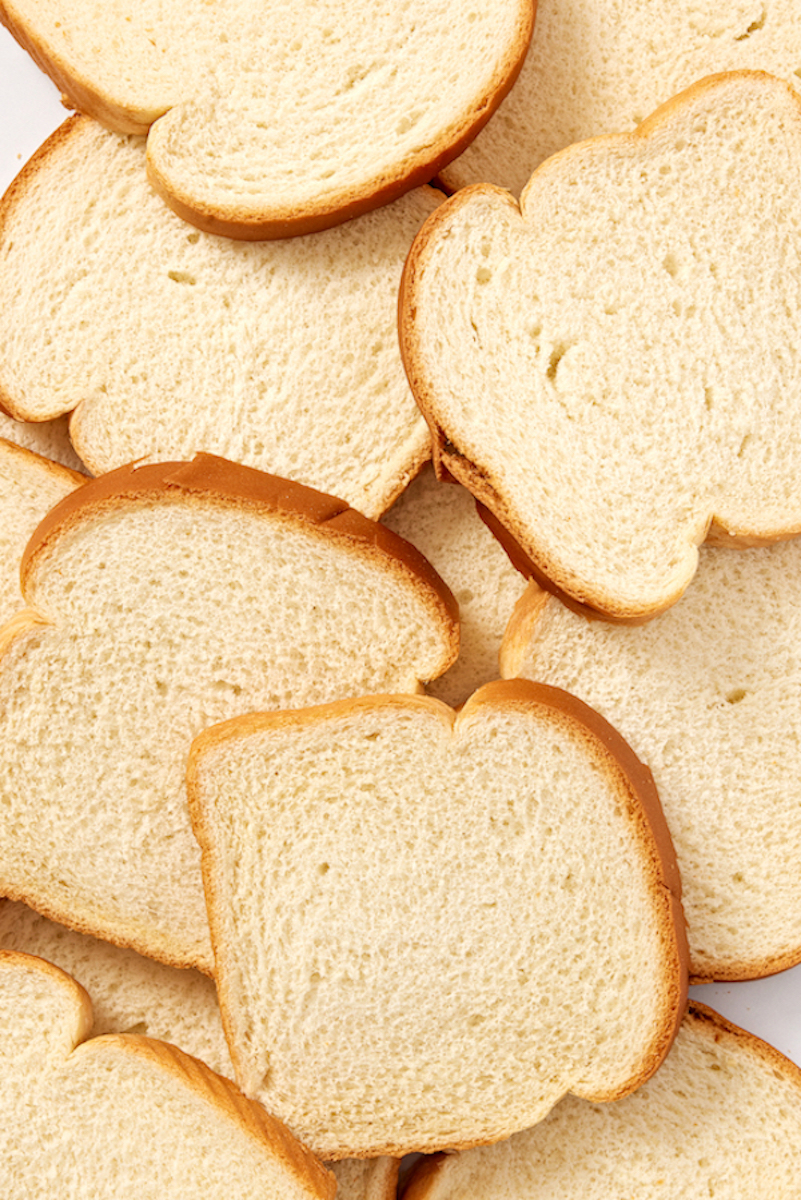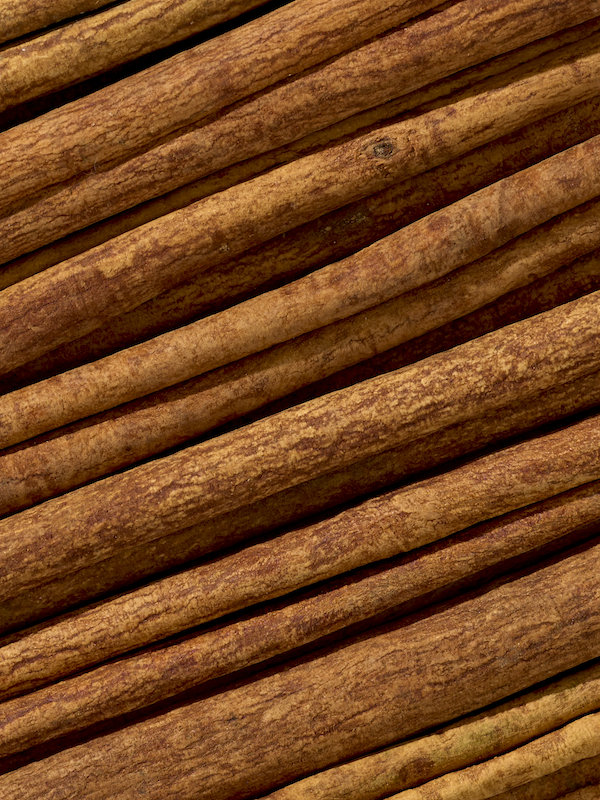4 Simple Tips for a Happy + Healthy Gut
We all know that we probably should be taking care of our gut. But how do we do it?
To get some guidance, we turned to our friends at Seed, gut health experts who develop scientifically validated probiotics, to share the information you need to take control of your digestive system.
First, the basics: your gut is an interconnected system that extends far beyond the boundaries of the gastrointestinal tract. At the core of this is your gut microbiome, a community of trillions of microorganisms that, among its many functions, breaks down food, aids with nutrient absorption, supports your gut barrier, and communicates with your brain to keep the system moving.
Disruptions to the microbiome can lead to digestive discomfort like bloating, gas, stomach pain, and changes in bowel movements. That’s why nurturing a diverse and balanced community of gut microbes is important for optimal gut and overall health—and your diet is one of the best ways to do it.
That’s because every time you eat, the food that enters your gastrointestinal tract directly influences the community that resides within. Different microbes thrive on different dietary components (some are literally living for the carbs, others for the meat), so what you consume is a key factor in determining which microbes are present and in what proportions (a.k.a. “composition”).
Here’s what the science has to say about eating optimally for your gut microbiome—plus a few of our favorite foods that are support a happy and healthy gut:
- Eat a diverse range of foods. Different microbes feed on different dietary components, so consuming a wide variety of fruits, vegetables, legumes, nuts, and grains can help support a more diverse microbial community, a primary indicator of gastrointestinal health.1
Try: Envy Apples, Baby Romaine Lettuce + Original Superfood Oatmeal
- Include lots of fiber and polyphenols. Your gut microbes can ferment and transform these into metabolites that have a range of beneficial effects in the body. Short-chain fatty acids (SCFAs), for example, are produced when microbes break down insoluble fiber. Among their many roles, SCFAs act as nutrients for local colon cells, maintain intestinal barrier function and integrity, and provide protection against local inflammation.2
Try: Cauliflower Florets, Shaved Brussels + Petite Sweet Potatoes
- Incorporate Omega-3 and monounsaturated fats. These healthy fats can positively alter the gut microbiome and support growth of beneficial microbes, such as butyrate-producing bacteria.3
Try: Roasted + Salted Macadamia Nuts, Atlantic Salmon Fillets + Butternut Squash
- Keep alcohol, preservatives + additives to a minimum. Certain foods contain compounds and chemicals that disrupt the gut. Alcohol, for instance, can affect the composition of microbes in the gut, changing the proportions of beneficial and harmful bacteria.4 In addition to alcohol, be mindful of your intake of added sugar, preservative agents, and other additives.
Try: 100% Pomegranate Juice, Organic Medjool Dates + Organic Bartlett Pears
- Consider taking a scientifically validated probiotic. Alongside diet, probiotics can be a powerful tool to support your gut health and provide lots of benefits within the body, depending on the strain and dosage. Seed’s DS-01® Daily Synbiotic is formulated with 24 probiotic strains (not found in yogurt, most supplements, or fermented foods and beverages) that support digestive health, like healthy regularity and ease of bloating. Use the code HUNGRYROOT for 15% off your first month of DS-01®.
An important caveat: different foods affect people differently, because every person and their gut microbiome is unique, like an enormous living fingerprint. Just as there is no one universally healthy microbiome, there is no one-size-fits-all “perfect” diet.
Curious how you can incorporate gut-friendly foods into your diet? These five delicious recipes are packed with microbiome-nurturing ingredients compounds, and focused on a diverse range of plants that are high in fiber and other beneficial compounds like polyphenols:
- Zucchini Falafel + White Bean Bowl
- Yuzu Baked Salmon + Veggies
- Tzatziki Bison Veggie Bowl
- Asian-Inspired Tofu Taco
- Yuzu Miso Salmon + Mushrooms with Rice




________________________________
1 McDonald, D., Hyde, E. R., Debelius, J. W., Morton, J. P., González, A., Ackermann, G., Aksenov, A. A., Behsaz, B., Brennan, C., Chen, Y., Goldasich, L. D., Dorrestein, P. C., Dunn, R. R., Fahimipour, A. K., Embree, M., Gilbert, J. A., Gogul, G., Green, J. L., Hugenholtz, P., . . . Knight, R. (2018). American Gut: an Open Platform for Citizen Science Microbiome Research. MSystems, 3(3). https://doi.org/10.1128/msystems.00031-18
2 Silva, Y. P., Bernardi, A., & Frozza, R. L. (2020b). The Role of Short-Chain Fatty Acids From Gut Microbiota in Gut-Brain Communication. Frontiers in Endocrinology, 11. https://doi.org/10.3389/fendo.2020.00025
3 Costantini, L., Molinari, R., Farinon, B., & Merendino, N. (2017). Impact of Omega-3 Fatty Acids on the Gut Microbiota. International journal of molecular sciences, 18(12), 2645. https://doi.org/10.3390/ijms18122645
4 Lee, E., & Lee, J. (2021b). Impact of drinking alcohol on gut microbiota: recent perspectives on ethanol and alcoholic beverage. Current Opinion in Food Science, 37, 91–97. https://doi.org/10.1016/j.cofs.2020.10.001




